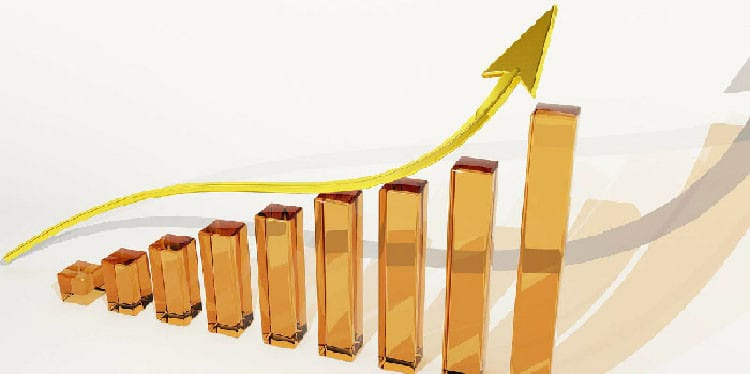Remember Goldilocks? The little lady who wandered into the forest and tested each porridge and each bed till she found just the right fit? Well, business professionals often feel like they’re Goldilocks, looking for the perfect solution that’s catered just to their specific needs. Mixing metaphors a bit, it’s quite like looking for the foot that fits the glass slipper, or the needle in the haystack. That’s because professional services, especially a procurement service, are rarely one-size-fits-all.
The procurement service is the system of processes and procedures that entail the sourcing of suppliers of goods and services, awarding contracts based on submitted bids, and gaining goods and services at the lowest possible cost. While procurement is often limited to these activities directly related to the sourcing of suppliers, it’s becoming more and more common to broaden this definition.
Modern definitions of the procurement lifecycle extend into the payment for and receipt of goods and services rendered and even goes beyond that into the accounting, financing, and inventory practices of the firm. The more comprehensive of a definition your firm employs, the more involvement your procurement professionals will have in the vertical of your company.
How To Choose the Right Procurement Service
There is a vibrant and healthy marketplace when it comes to choosing a procurement service. With as many options as there are in the industry, narrowing the list down can seem overwhelming at times. However, there are a few easy ways for you and your firm to define what the optimal procurement service looks like for your company.
The first step in defining the optimal procurement strategy for your firm is, to begin with defining the various aspects of procurement as they relate to your specific company and industry.
For example, the procurement lifecycle. As mentioned above, there is a huge range of definitions that companies assign to the procurement lifecycle. This is because it varies so heavily from industry to industry, and even from company to company.
Therefore, looking at relevant industry examples can help inform you on how to define the procurement life cycle within your own organization. Another great place to start is with your sourcing definition. The sourcing definition of your company applies to the tactics and strategies your procurement team employs in the sourcing of suppliers.
Sourcing is a crucial aspect of procurement. No matter where your procurement life cycle begins, whether with a purchase order requisition, or the reverse-auction process, sourcing is an integral element of procurement regardless. It’s the process through which your professionals identify the most compatible suppliers of goods and services based on submitted bids, and the lowest offered cost.
Creating a Strategic Sourcing Process
To optimize your company’s sourcing capabilities, it’s wise to compose a strategic sourcing process. This seven-step strategic sourcing process is a great place to begin developing your own.
Having a strategic sourcing process will elevate your sourcing ability and make for a stronger procurement performance year-to-year overall.
A Final Word
There really is no such thing as one-size-fits-all. But there doesn’t need to be, not in fairy-tales, and not in your procurement department. One of the great beauties of the universe is the uniqueness inside each one of us; your procurement strategy should be too.
Optimizing your procurement strategy leads to a whole slew of benefits that aren’t covered in this article.
For more information on procurement strategy, or anything else related to procurement, visit ProcurePort today. ProcurePort is the internet’s number one resource for everything from procurement strategy and tactics to software, technologies, and more.










